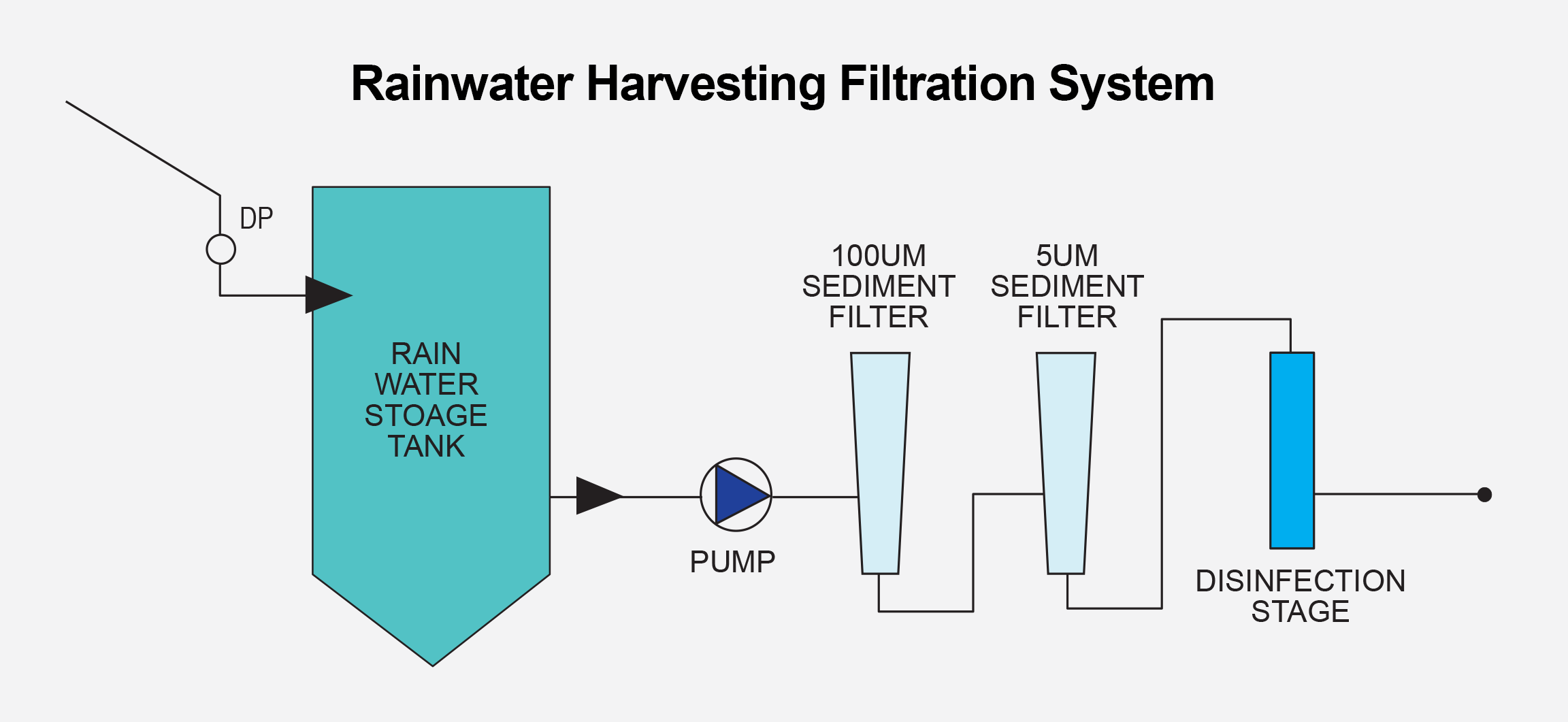
Guide to rainwater harvesting filtration Southland Filtration
Rainwater harvesting system diagram with hose roof water runoff, underground piping, filtering, collecting in tank for domestic use. VectorMine / Getty Images

Rainwater collection and filtration systems Critical Concrete
Rainwater harvesting refers to the process of collecting, storing, and redistributing the water from rainfalls for your personal use. This can be done and has been done in many different ways throughout history - wells, shafts, boreholes, barrels, aquifers, and other reservoirs.
:max_bytes(150000):strip_icc()/rainwater-harvesting-system-isometric-diagram-1201105579-34cb7b27492f42c387b89fd903a16ba4.jpg)
Rainwater Harvesting A Beginner’s Guide (2022)
Estimated Cost: $150 Installing a rain barrel system at home is easy and will help you take advantage of the free water to keep your garden looking healthy. In fact, the water you collect can.
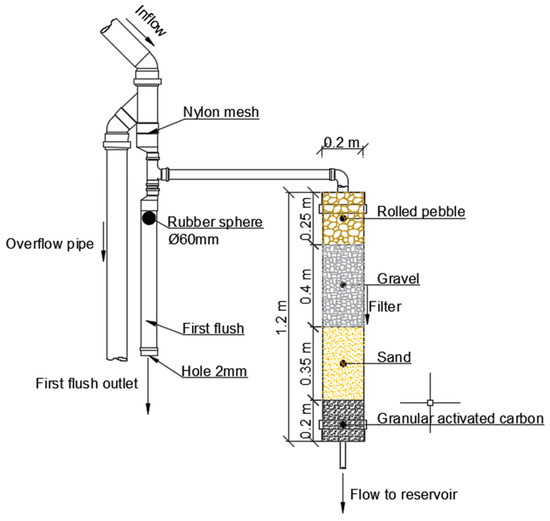
Water Free FullText Comparative Analysis of Granular and Membrane
So if you are looking for a water catchment system that is meant only to water your lawn or garden then this one should do the trick. It isn't a big system but for basic use, it should be just fine. Build this water catchment system. 6. The Cheap DIY Rain Barrel. This rain barrel is made out of a trash can.

rainwater filter system for home muhammedneifer
Here are some methods to consider: Rooftop rainwater harvesting: The most common method. Rainwater is collected from the roof and directed into a storage tank via gutters and downspouts. Rain barrels: This is the simplest and most cost-effective way. Rain barrels collect water directly from your downspouts.
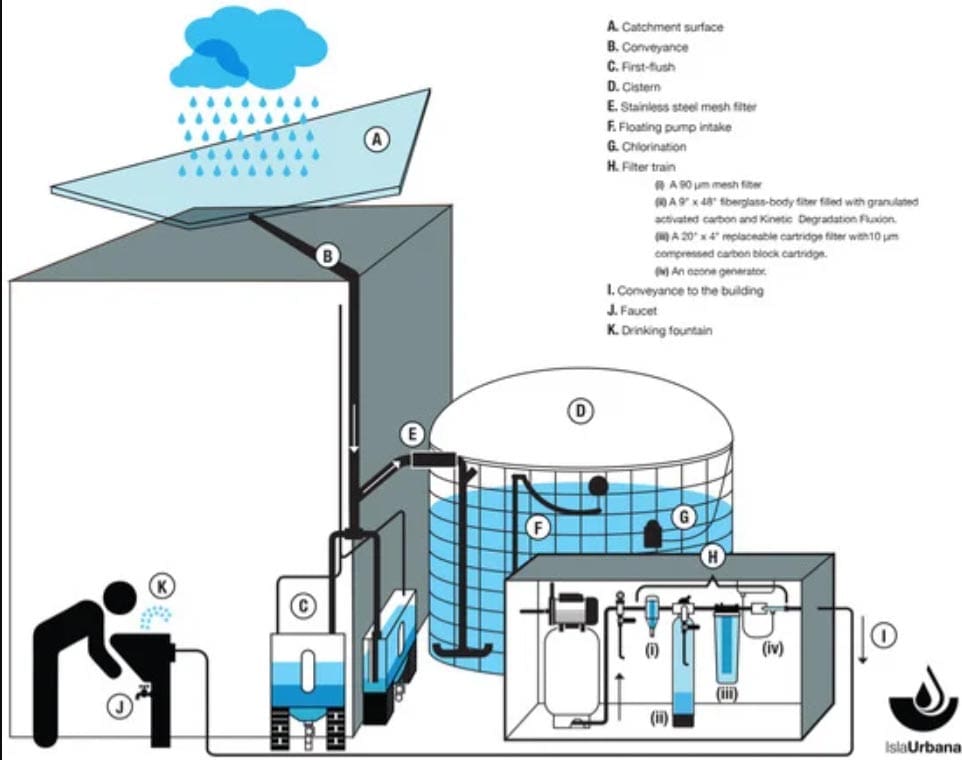
Rainwater Harvesting and Collection What You Need to Know to Get Started
In Ohio, all rainwater systems that are used for drinking water must be filtered down to at least 5 microns (which is small enough to filter out cysts from the water). When we are putting in drinking water systems from rainwater tanks, we generally install a two-stage sediment filtration system, starting with a 20 micron filter, followed by a 5.

rainwater filter system for home carmenkur
The Maelstrom Rainwater Filter is easy to install on new or existing Rainwater Harvesting Systems and is compatible with all standard pre-filtration equipment,. The first .08" (2mm) filter (labeled "A" in diagram on the right) diverts leaves and larger debris Step 3: The second, ultra-fine 180 micron filter (labeled B) stops even finer particles
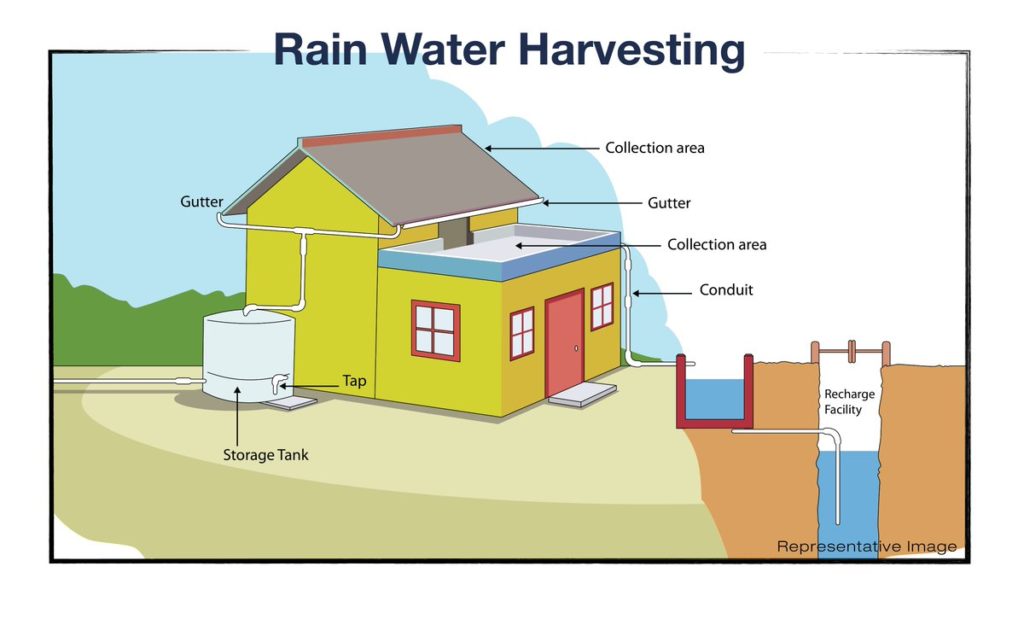
8 Important Rainwater Harvesting Components With Their Uses
Step 1: Pre-Tank Filter The first filtration stage should occur before water even reaches the rainwater collection tank. Downspout debris filters and leaf guard filters are the best filters to install in your rainwater harvesting system, to filter the water as it travels down the drainpipe to the storage container.

Components of Rainwater Harvesting
3,400. Corrugated Steel. Above. If you're looking for a drawing for a system that you don't see here, chances are that we have one available to send to you. Please feel free to give us a call at 800-654-WATER (9283) and we'll be happy to help. This library contains example rainwater collection system drawings which are available for free.
Rainwater Harvesting Enviro Friendly
However, all is not lost as the diagram pretty much shows you all you need to know to collect and store rainwater at home. Includes fixtures and fittings. It shouldn't be too difficult to replicate this system using just the diagram. Table of Contents How To Make A BioSand Homemade Water Filter To Filter Collected Rainwater

rainwater collection and filter system Rain water collection, Rain
A rainwater pump is an essential component of rainwater harvesting systems. These pumps are designed to effectively transport rainwater from storage tanks or collection points to various applications such as irrigation, toilet flushing, and laundry.. WISY Rainwater Filters. Storage Tanks. Rainwater Storage Options Polyethylene Rainwater.
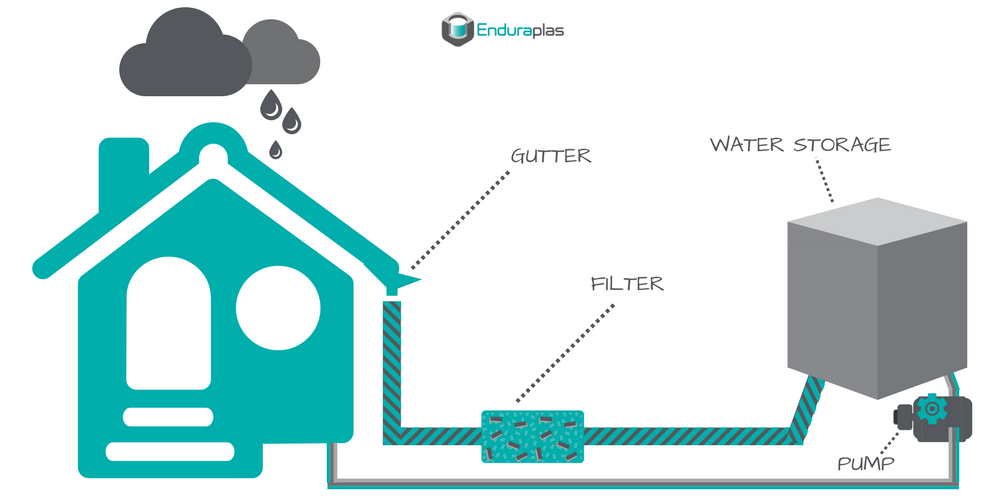
Ultimate Guide To Harvesting Rainwater In 2023
1 Choose the Filter Location Before diving into a whole house water filter project, make sure you have a basic understanding of plumbing. You will also need to know how to cut into and connect plumbing pipes. And you'll need the right tools.

How to Filter Rainwater for Drinking » Home Water Harvesting
1. Catchment The surface that receives rainfall directly is the catchment of rainwater harvesting system. It may be a terrace, courtyard, or paved or unpaved open ground. The terrace may be a flat RCC/stone roof or sloping roof. Therefore the catchment is the area, which actually contributes rainwater to the harvesting system. 2. Transportation
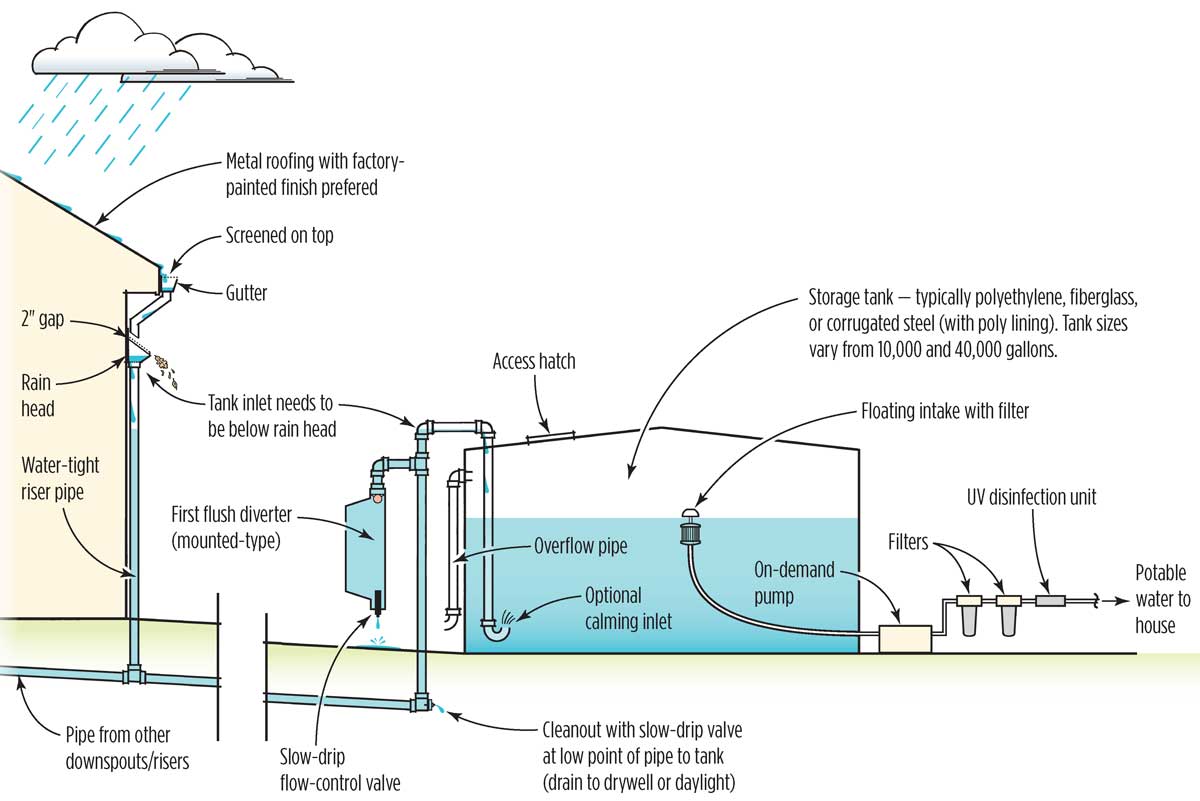
Residential Rainwater Collection System Installation in Austin, Hill
This Educational DIY Rainwater Collection System - All You Need to Know covers another rainwater system. I put together a DIY Rainwater Collection System this past weekend. It consists of an IBC tote, modifications to the downspouts and some 3" PVC. This post will explain all of the steps that were used in putting this system together.

Agricultural Rainwater Harvesting Systems D&H Group
Step 5: It's time to make your first cut to tap into the incoming water supply pipe. Cut out a big enough section of pipe to run the length of the setup you have laid out on the floor. Step 6: Install a shut off valve at both ends of the incoming water pipe that were cut.
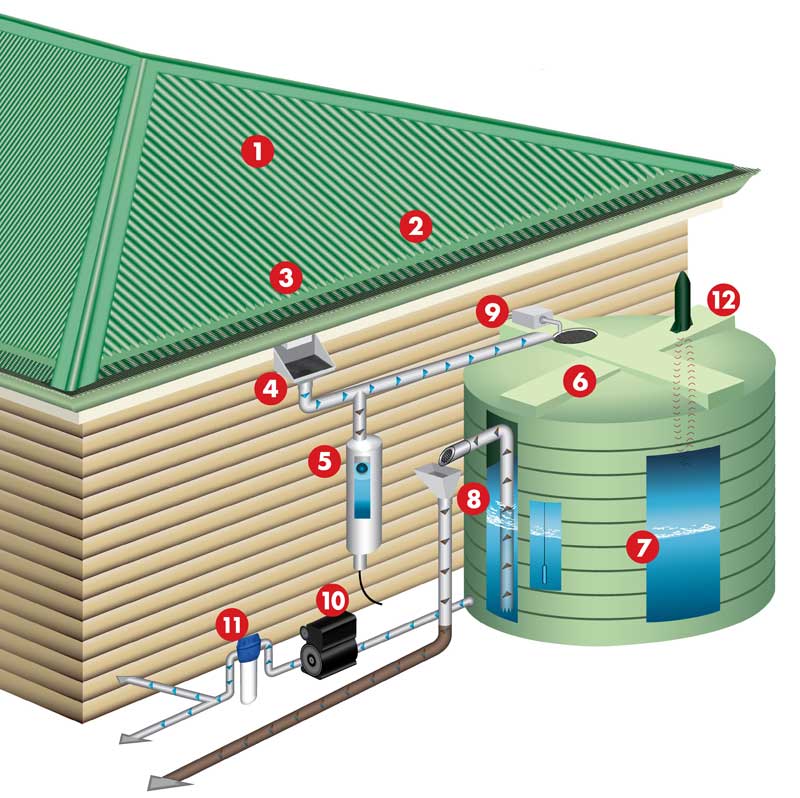
Rainwater Harvesting 101 Your HowTo Collect Rainwater Guide
wisy 4-step system After more than 20 years in the rainwater industry, Rainwater Management Solutions has i dentified the WI SY 4-Step System as the ideal method for rainwater harvesting. This method pr ovides the best pre-tank filtration by way of the WISY Vortex Filter, which is regarded i nternationally as the best pre-filtration method.